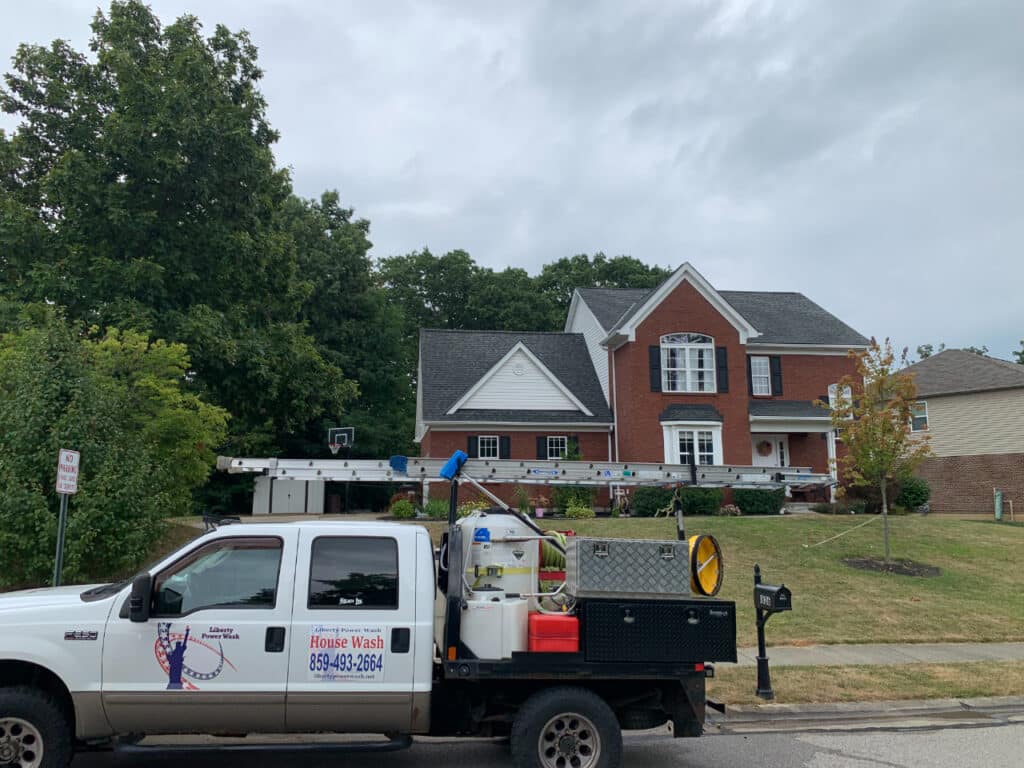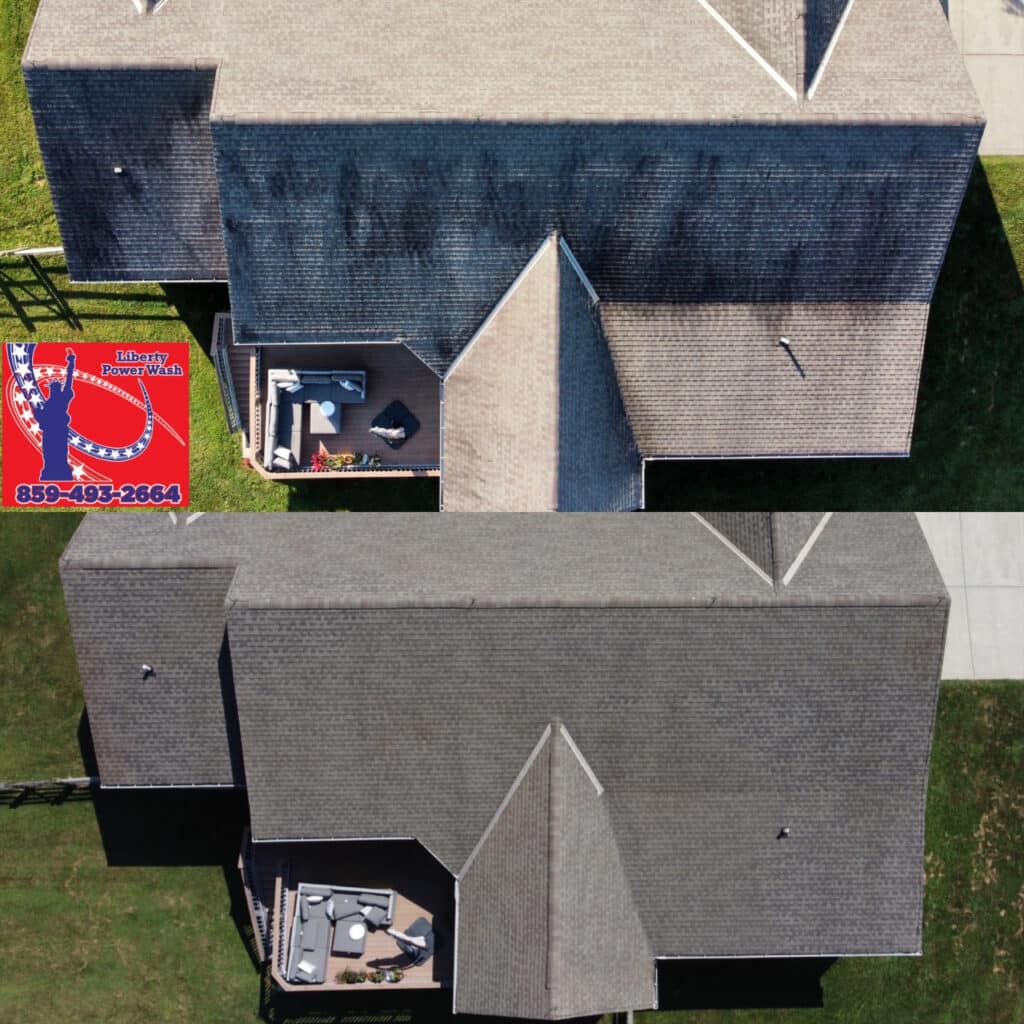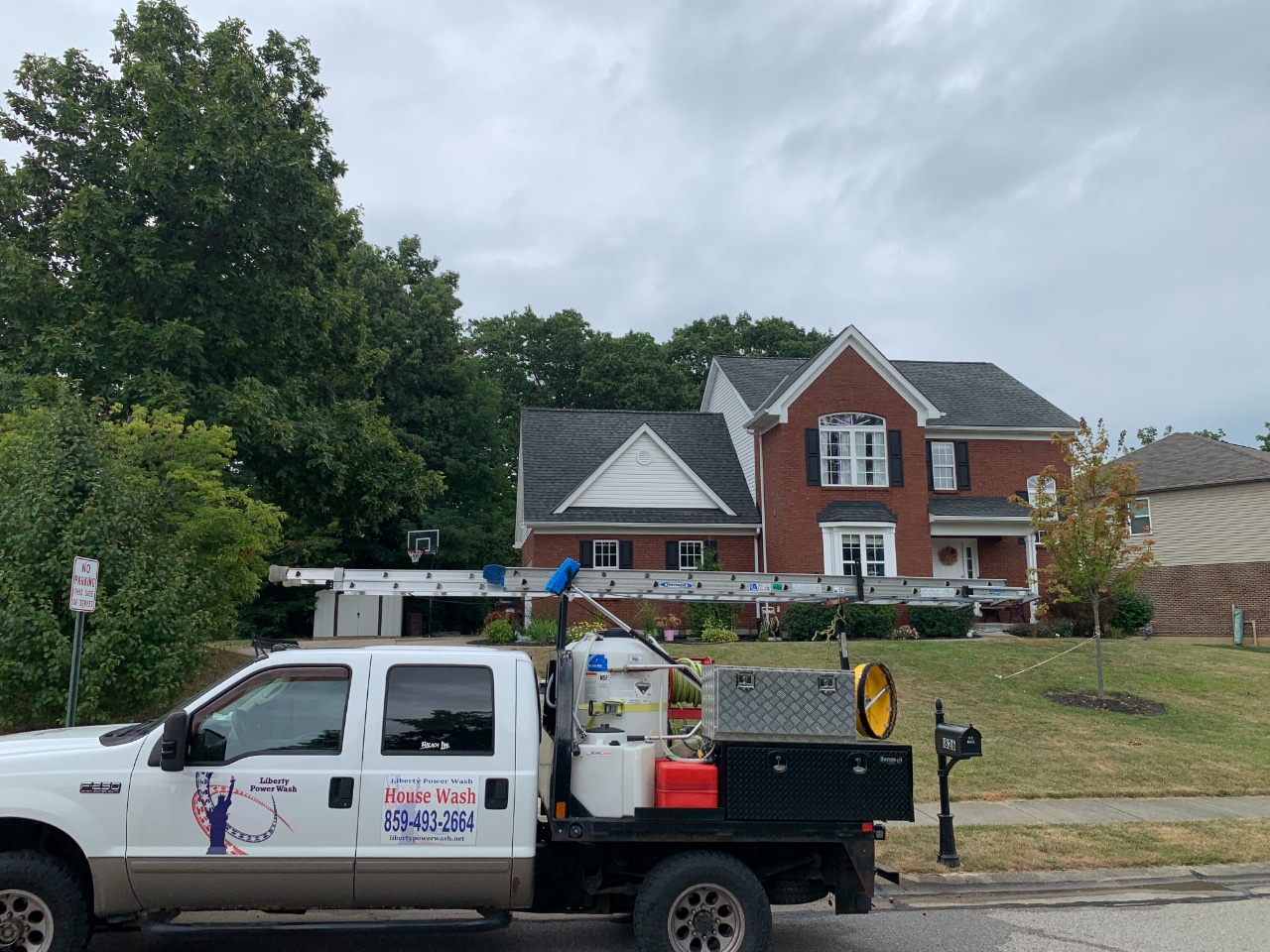The holiday season is upon us, and that means that in the midst of preparing Thanksgiving feasts and stringing up holiday lighting, it is time to start thinking about how to protect your home from the winter weather. As we move into the colder months, we are likely to see moderate snowfall, bitterly cold wind, and the formation of home ice dams.
“Ice dam” is the term given to describe when ice builds up at the edge of a roof and prevents water from draining off the roof. Water along the fringes of the roof is more exposed to exterior temperatures with less mitigation of the cold by surface contact with a toasty home. Home ice dams left unchecked can cause roof leaks and serious subsequent damage, so it is crucial to prevent them in the first place.

How Do Ice Dams Form?
It is well understood that heat rises, and the roof serves as a potential escape route for a home’s heat. If heat escapes through the roof unevenly, home ice dams can result. If temperatures in lower sections of the roof are below 32℉ while higher sections are warmer, ice ridges can form on the roof’s edges while liquid water higher up will run downward and be damned.
But what causes a roof to have uneven temperatures? There are a few reasons. Sometimes air leaks can be responsible for patches of roof that have different temperatures than the rest of the surface. These can occur after incorrect installation of lighting fixtures or ductwork. Exhaust systems like those in the bathroom, kitchen, or laundry room which terminate near sections of roof may also cause roof temperatures to be uneven. Chimneys too can contribute to this problem. Heat exhaust from these sources may need to be diverted through extensions as the weather turns bitter.

The Dangers of Ice Dams
As snow melts on higher portions of the roof, it will follow gravity’s pull and feed the growing ice dam. Because the dam is restricted to sections of the roof below water’s freezing point of 32℉, the vicious cycle causes ice dams to grow until the water has nowhere to go except down into a home. This displaced water can damage the insulation, ceilings, and walls of a home, weakening its structural integrity.
Mold growth can also follow roof leaks, especially in cozy dark attics. This in turn can exacerbate respiratory problems in members of a household and guests that visit a home. Clearly, this kind of damage should be actively prevented by thwarting the formation of home ice dams in the first place.
Preventing Home Ice Dams
In the event that an ice dam forms on your roof, your first priority should be to check for any water damage in your home (especially if you are away for the holidays and notice the dam when you return home). From there, you should put all your efforts into stopping any further leakage and taking care of damage. See the help of a professional restoration team if the leakage was extensive or was unchecked for an extended period of time.
Correct Heat Loss
The best way to prevent home ice dams is to mitigate temperature disparity on your roof. Long term solutions should include making sure the attic is air-tight, with no leaking. Once that is accomplished, you might consider adding thicker or additional insulation to cut down on heat loss by conduction. Quality installation can minimize the prevalence of uneven roof temperatures.

Free Your Roof
Sometimes the fight against home ice dams requires a little more active effort. Especially if you live in an area with heavy snowfall and short windows of sunlight, you may need to manually remove the snow from your roof. This can be done with a roof rake or a push broom.
You should also break the icicles off of your gutters. Not only do icicles damage gutters, adding on the weight they have to support and pulling them away from the roof, but they can also drip onto lower eaves and contribute to ice damming. Speaking of gutters, they should be cleared, especially before the worst of the winter weather sweeps in. Autumn has a tendency to dump leaves in gutters and downspouts, especially in places like northern Kentucky where trees are ubiquitous. As these leaves and sticks accumulate, they trap in moisture, inspiring ice dams to form. Make sure your gutters are cleaned out before the snow hits. Liberty Power Wash’s gutter cleaning service is perfect for the task.

